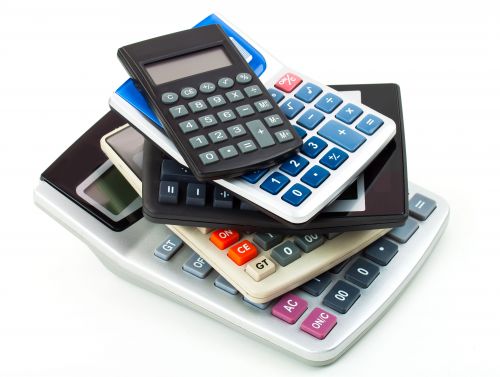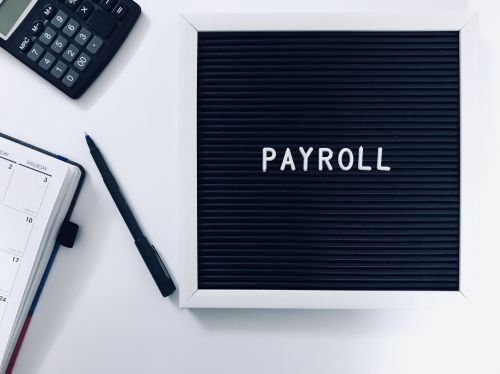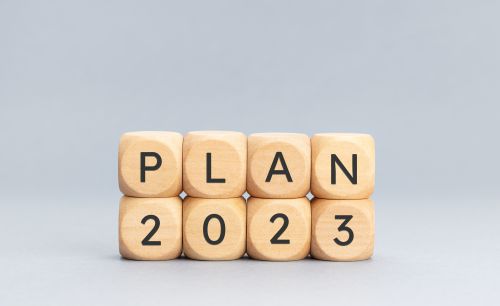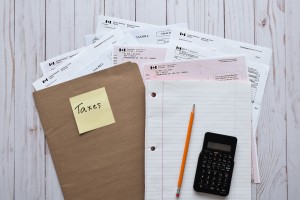Financial Issues & Answers for Everyone
A thorough analysis of today’s financial news—delivered weekly to your inbox or via social media. As part of Knowledge Bureau’s interactive network, the Report covers current issues on the tax and financial services landscape and provides a wide range of professional benefits, including access to peer-to-peer blogs, opinion polls, online lessons, and vital industry information from Canada’s only multi-disciplinary financial educator.
December 2025 Poll
It costs a lot more to go to work these days. Should the Canada Employment Credit of $1501 for 2026 be raised higher to account for this?

Tax Literacy Tip: Meet March 1 RRSP Deadline – Increase Cash Flow
Same neighborhood, similar income, less cash flow? The secret in the financial sauce could well be an RRSP strategy. With the deadline only weeks away (March 1, 2023), it’s time to buck trends to forego the RRSP contribution and consult with your financial advisor now to exponentially increase both income and wealth.

Weigh in by Jan 27: Payroll Remittance System Overhaul
Employers: Do you have an opinion about your mandatory participation – by March 2024 - in a new $43.9 million payroll remittance and EI benefits system overhaul which will result in a real time e-payroll system? The federal government has launched a consultation process and if you’re interested in responding, do so by January 27.

Ready to Sell Your Small Business Corporation? Consider CNIL
CNIL (generally pronounced senile) is the acronym for Cumulative Net Investment Loss. Tracking CNIL started after December 31, 1987. Most people don’t know why CNIL is so important and why tax software tracks it so carefully on a year-to-year basis. But if you’re a small business owner counting on using your full Capital Gains Deduction, here’s what you need to know:

Real Wealth Management: Push Back on Economic Malais
Investors need to quickly sharpen their tax and financial skills to meet more challenging times ahead, and a good way to start is to find the right advisor says Knowledge Bureau Founder and President Evelyn Jacks, best-selling tax financial author and award-winning educator. That’s someone who is prepared to work with you holistically and with a multi-stakeholder approach to building sustainable family wealth – after taxes, inflation and fees.

CE SAVVY™ Biz Ed: Understanding Tax Collection
The World Economic Forum, which wraps up this week, signaled more gloomy economic news for 2023, more interest rate hikes to come, and a mild recession. For worried investors, retirees and employees, particularly in the tech industry, shoring up new learning opportunities is a good idea. Knowledge Bureau can help with a new series of Specialized Credentials and micro-courses that begins with a solid understanding of a key wealth eroder: TAX.

